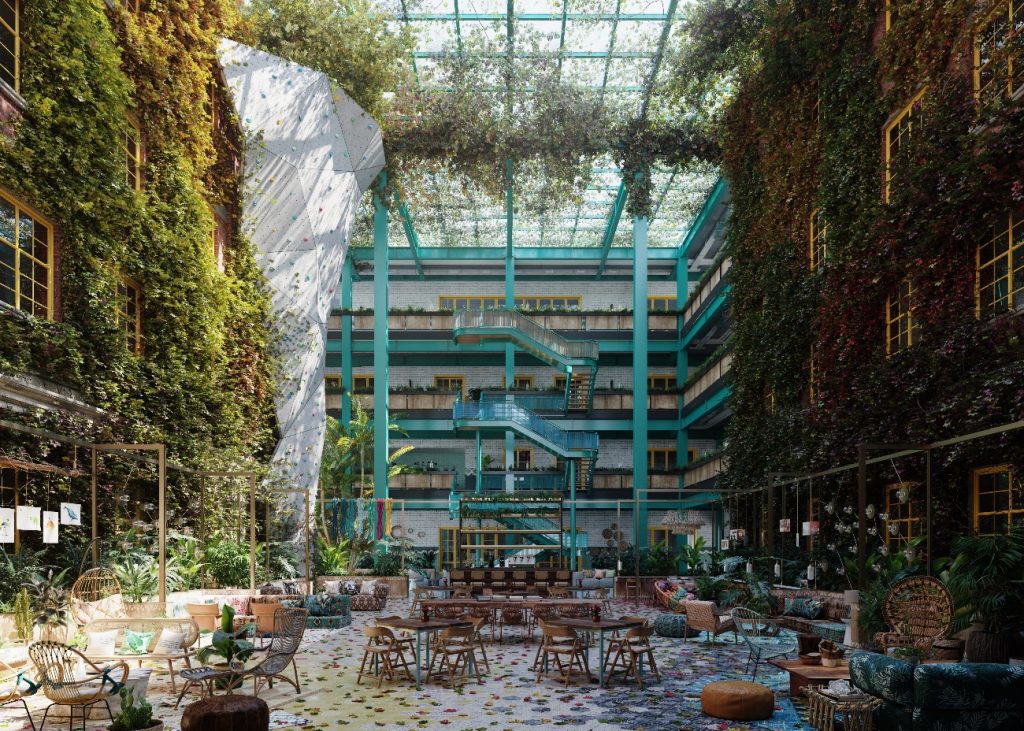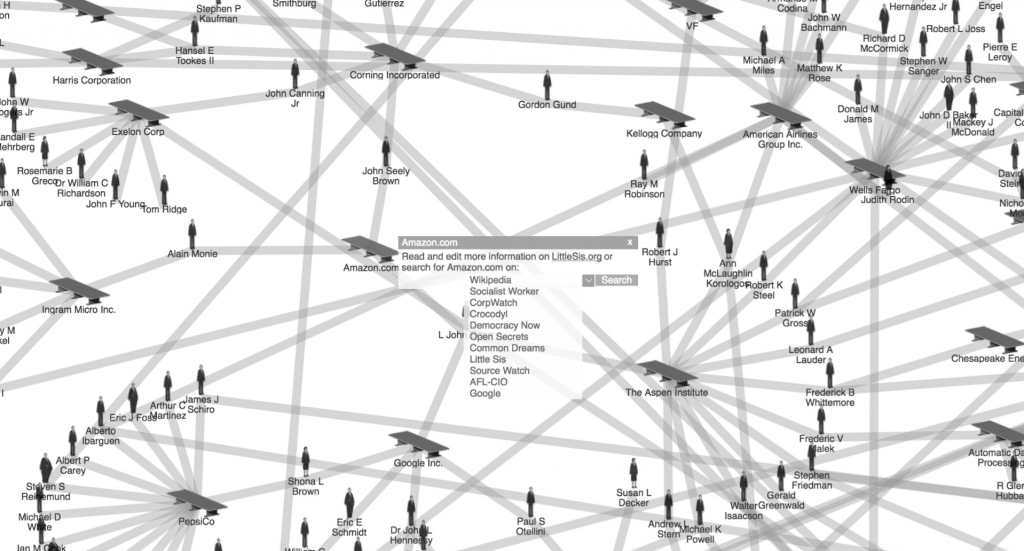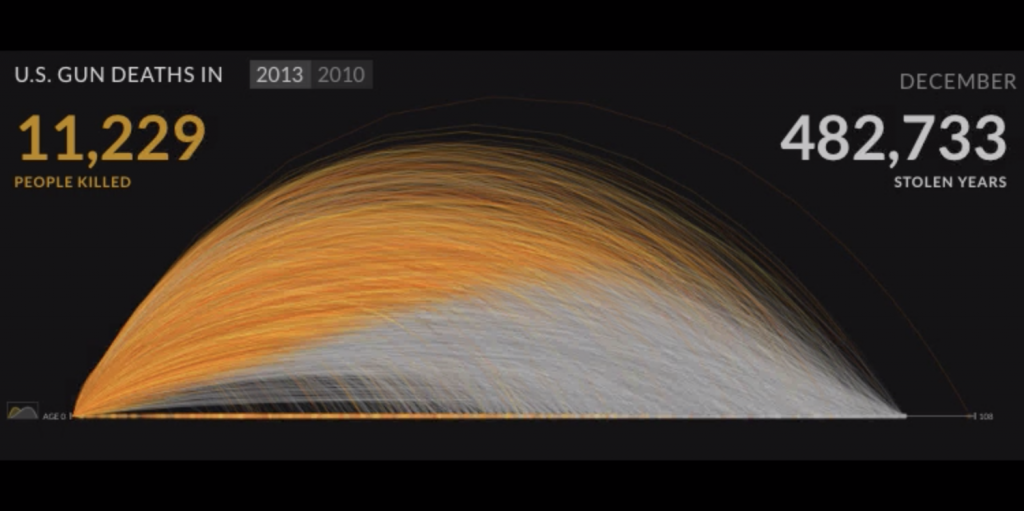Eva Franch, currently based in New York and serves as director of StoreFront for Art and Architecture, is a Spanish architect who excels in experimental architectural and art forms. Her work addresses the need for change in cultural, political, social, and technological realms through “architectural doubts.” She categorizes these doubts into three fields. “Utopias” target a range of historical and political doubts; “metaphors” target a range of cognitive and formal doubts; and atmospheres target primarily experiential doubts within architecture.
Franch’s work aims to showcase the untruths of perceivably utopic realms through highly experimental forms and publications. Her work is admirable because she uses her categorical doubts to juxtapose one another, highlighting flaws and factors that typically remain unnoticed within urban fabrics. She uses a wide range of material and media to demonstrate these “architectural doubts,” including clothing and newspaper clippings, suggesting that architecture is highly dependant on various contextual factors.
Link to Franch’s website: http://eva-franch.com/
![[OLD FALL 2019] 15-104 • Introduction to Computing for Creative Practice](../../../../wp-content/uploads/2020/08/stop-banner.png)




